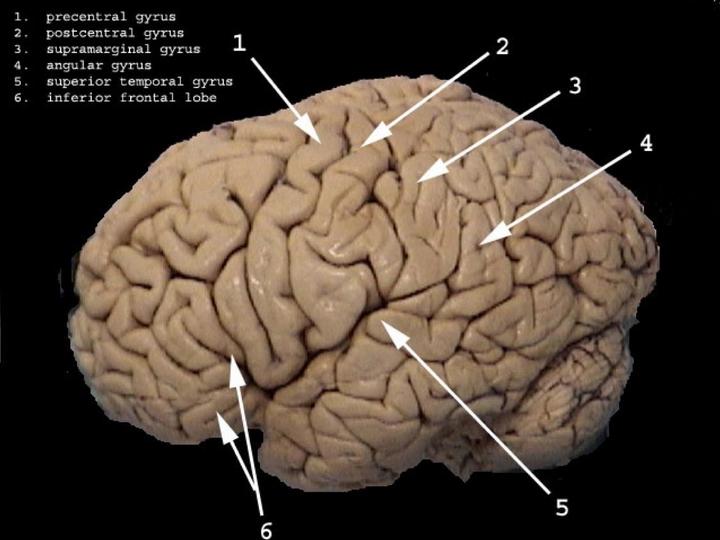Patients with a history of suicidal acts have different brain response to social exclusion https://t.co/S1FukmAVSp
— PsyPost.org (@PsyPost) July 23, 2017
Previous studies have found people who are vulnerable to suicidal behaviour have deficits in several brain regions and cognitive processes. For example, suicide attempters demonstrated increased activation of the lateral orbitofrontal cortex when they were shown angry faces which suggests they over evaluate negative cues.
The current study lead by Emilie Olié (Montpellier University) used MRI to investigate the neural processing of social rejection in suicide attempters. For the research, 36 women with a history of depression but no suicide attempt, 41 women with a history of depression and suicide attempts and 28 healthy controls took part in a ‘Cyberball Game’ which acted as a paradigm for social exclusion. During the task each participant played a virtual ball game from which they were gradually excluded.
It was found that both groups with a history of depression reported higher levels of task-related social distress, compared to the control group. Additionally, suicide attempters showed decreased brain activation to social exclusion in the left insula and supramarginal gyrus, which have been implicated in pain tolerance and social cognition.

